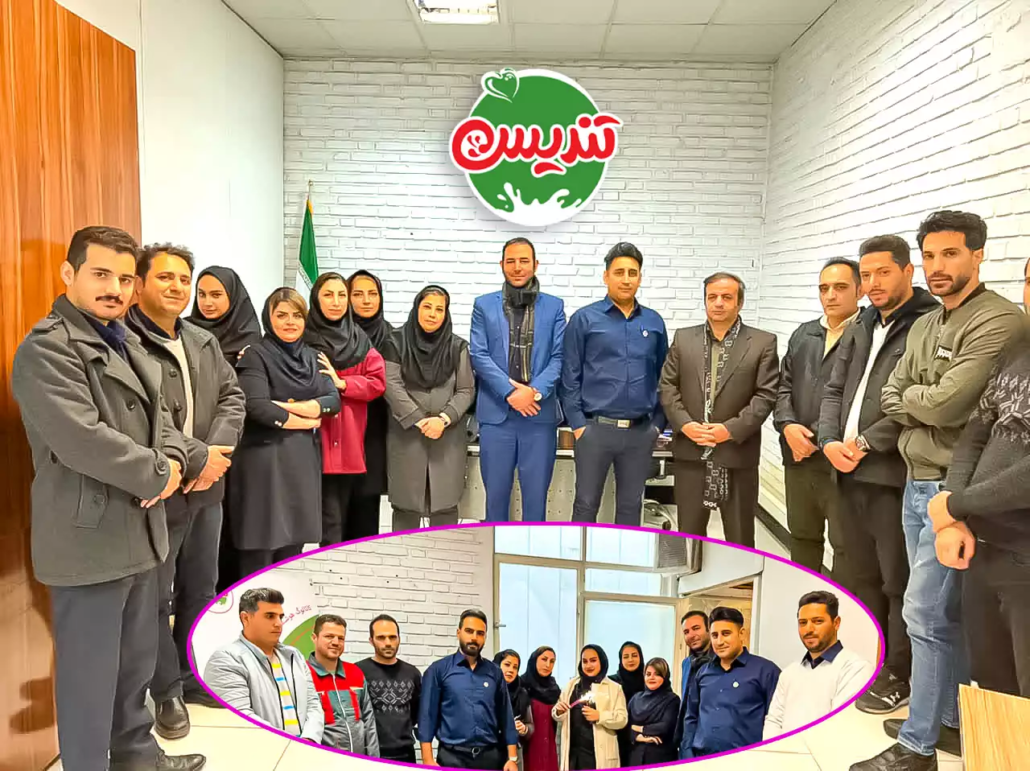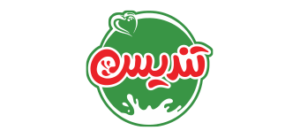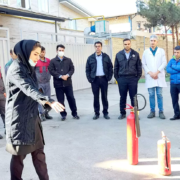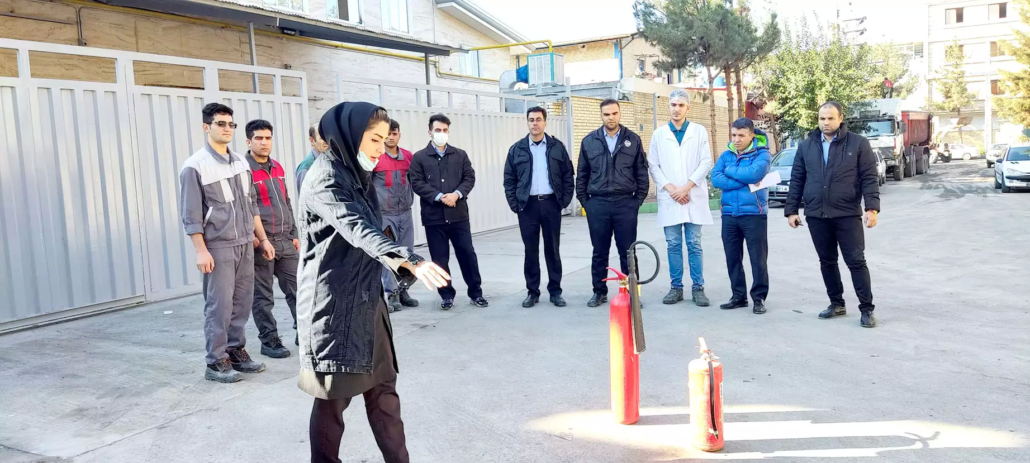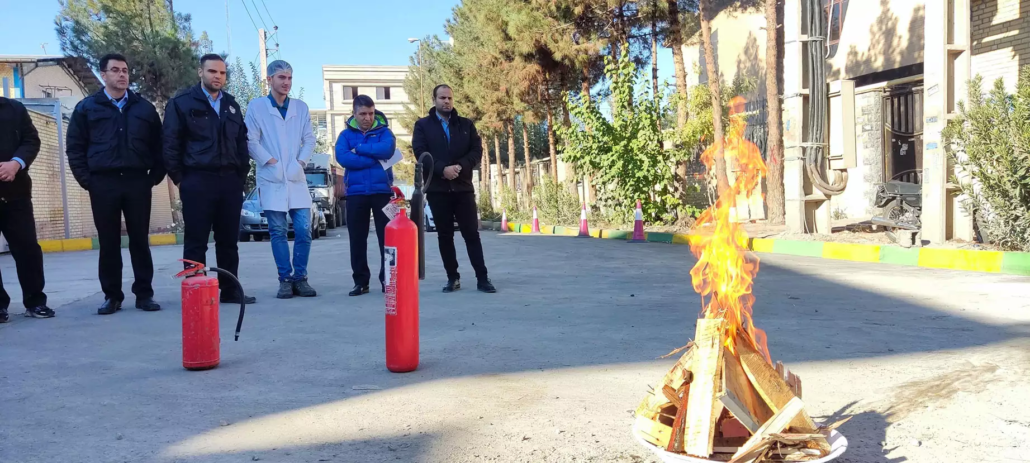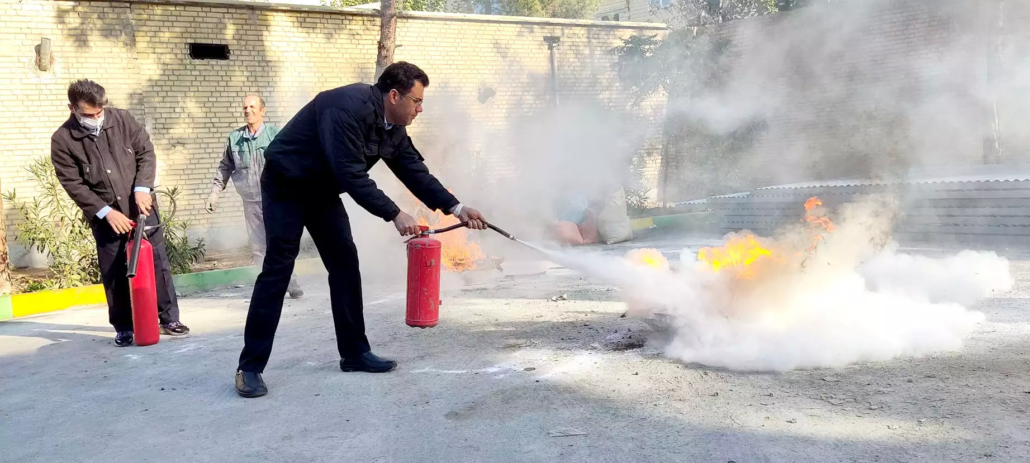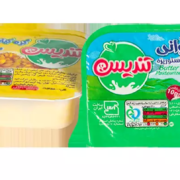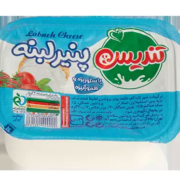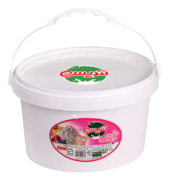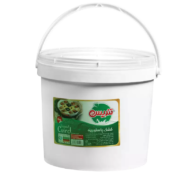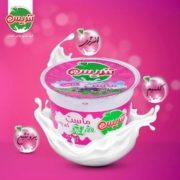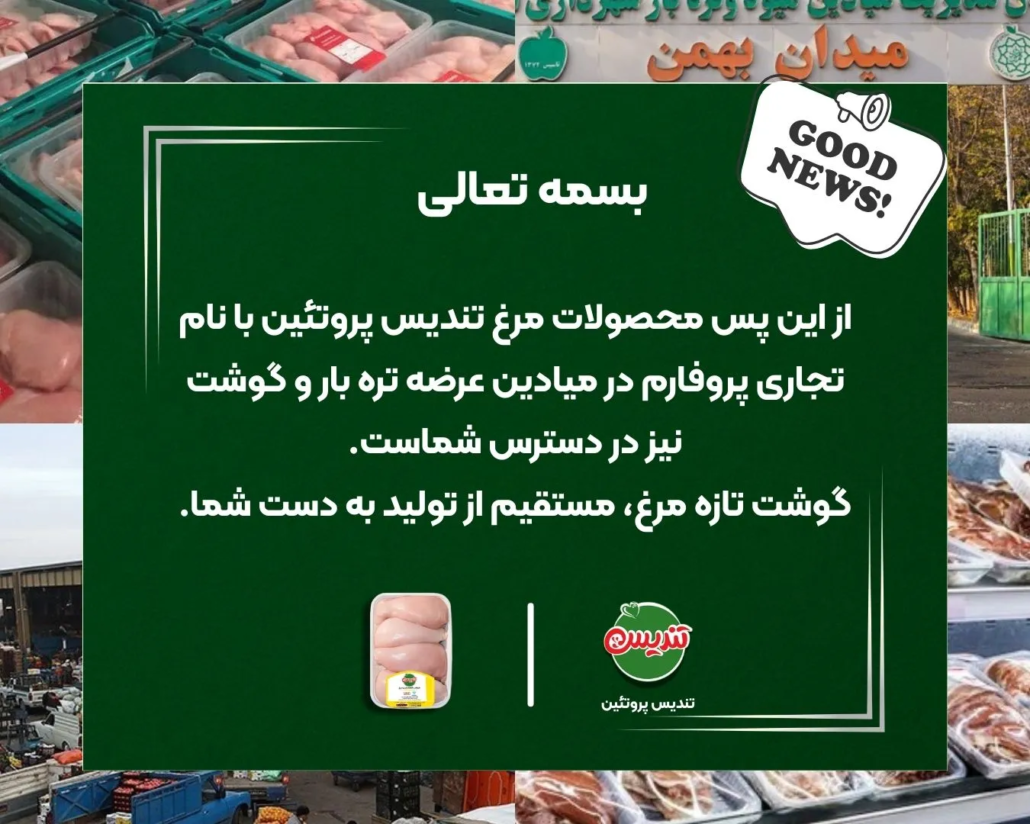Tandis Alborz branch was opened
On December 13, 1401, Tandis Salam Vatan company, in order to develop its products and increase the level of access to its customers, launched Alborz branch, Tandis Alborz food industry branch with the aim of launching and expanding the sales market and obtaining greater satisfaction of its customers in an area of 1500 square meters was launched, this branch has 150 tons of cold storage, multiple telephone lines, a mechanized loading platform and a new distribution fleet. Tandis Alborz branch provided the opportunity to create employment for more than 40 people on the first day of the opening of this branch. Sales and marketing of Tandis company, Engineer Shafiei and professional sales team were present with other colleagues from different departments of Tandis Central Company.
Another useful feature of this branch is access to a large number of loyal customers in Alborz province who can receive the quality products of Tandis company as soon as possible.
Tandis Salamat Watan Company was established in Nasirabad Industrial City in 2012 and made its best efforts to improve the quality parameters of people’s food basket. The year 2018 was a decisive year for Tandis Dairy Company and the change of management faced the company with a huge transformation. His Excellency Mr. Ishaq Mohammadi, with a brilliant history in the food industry and the dairy industry, at the head of the ownership of this complex, created a remarkable leap in the landscape of Tandis. The concern of creating a healthy production chain linked the organic farm and industrial and mechanized livestock farms to the complex of transformation industries with the most advanced and up-to-date equipment and the most experienced experts in order to provide natural, healthy and best quality products. Tandis has several branches, including Qom, Tehran, Rabat Karim, and the Alborz branch has been added to the number of branches of this company.
